Ring Die Feed Pelletizing Mill (HJK250-Type | 3-12t/h)
₦4,289,250.00
46 people are viewing this product right now
🔥 8 items sold in last 3 hours
Ring die feed pelletizing mills are machines that compress powdered feed into pellets of different sizes and shapes. They are widely used in the feed industry to produce high-quality feed for livestock and poultry. Ring die feed pelletizing mills are highly efficient and versatile, and they offer a number of benefits over other types of feed processing equipment.
It can work on the absorption of pellet feed by the steam, subsequently, the creature will effortlessly process and ingest the feed.
The ring bite the dust pellet machines are generally utilized in feed plants, breed aquatics industrial facilities, natural compost production lines, substance production lines, and some conventional medication plants.
The pelletizing feed factory has a basic design, wide versatility, little impression, and low clamor.
The machines are in acceptable condition and were made with profoundly solid materials.
2mm, 3mm, 4mm and either 6mm or 8mm dierings are sent alongside the gear.
As this is an imported choice, it requires around 2-3 months to process and convey.
Buy more save more!
Buy from 5 to ∞ items and get 5% OFF
on each productRing die feed pelletizing mills are machines that compress powdered feed into pellets of different sizes and shapes. They are made up of two main components: a ring die and a set of rollers. The ring die is a stationary plate with holes of the desired pellet size drilled into it. The rollers rotate against the ring die, forcing the feed through the die holes and into pellets.
Ring die feed pelletizing mills typically operate at high pressure and temperature. This is necessary to ensure that the pellets are properly formed and durable. The pelleting process also cooks the feed, which improves digestibility and reduces the risk of spoilage.
Ring die feed pelletizing mills are available in a variety of sizes and capacities. They can be used to produce pellets for a wide range of livestock and poultry, including chickens, ducks, turkeys, pigs, cows, and sheep. Ring die feed pelletizing mills are also used in the biomass industry to produce pellets from wood and other agricultural wastes.
Features:
Ring die feed pelletizing mills typically have the following features:
- Variable speed control: This allows the operator to adjust the speed of the rollers to produce pellets of the desired size and density.
- Conditioner: This is a chamber that mixes the feed with steam or water before it is pelleted. This helps to improve the quality of the pellets and makes them easier to digest.
- Overload protection: This prevents the machine from being damaged if it is overloaded.
- Durable construction: Ring die feed pelletizing mills are typically made of high-quality materials that can withstand the rigors of daily use.
Frequently Asked Questions (FAQs) about Ring Die Feed Pelleting Mills
1. What are ring die feed pelletizing mills used for?
Ring die feed pelletizing mills compress powdered feed into uniform pellets for various livestock and poultry, including chickens, ducks, turkeys, pigs, cows, and sheep. In the biomass industry, they can also create pellets from wood and agricultural waste materials.
2. How do ring die feed pelletizing mills work?
These machines have two main components:
- Ring Die: A stationary plate with holes determining the final pellet size.
- Rollers: These rotate against the ring die, forcing the feed through the holes and forming pellets under high pressure and temperature.
The high heat involved “cooks” the feed, improving digestibility and reducing spoilage.
3. What are the benefits of using pelletized feed?
- Improved Digestibility: The pelleting process breaks down complex starches, making them easier for animals to digest and absorb nutrients.
- Reduced Waste: Pellets are easier for animals to consume, minimizing feed waste and dust compared to loose feed.
- Easier Storage and Handling: Pellets are denser than loose feed, allowing for more efficient storage and transportation.
- Controlled Feeding: Pellets offer a more precise way to control feed intake and ensure balanced nutrition for your animals.
4. What features are typically included in ring die feed pelletizing mills?
- Variable Speed Control: Adjusts roller speed to achieve desired pellet size and density.
- Conditioner: Mixes feed with steam or water before pelleting, improving pellet quality and digestibility.
- Overload Protection: Prevents machine damage from excessive load.
- Durable Construction: High-quality materials ensure the mill can withstand consistent use.
5. What factors should I consider when choosing a ring die feed pelletizing mill?
- Production Capacity: Choose a mill that can handle the amount of feed you plan to pellet.
- Pellet Size: Select a mill with a die that produces pellets appropriate for your target animals.
- Power Source: Mills come in electric or fuel-powered options depending on your needs.
- Features: Consider features like variable speed control and a conditioner based on your desired level of control and pellet quality.
Only logged in customers who have purchased this product may leave a review.
Related products
₦253,600.00
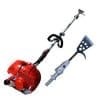
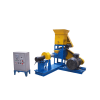
₦2,473,525.69


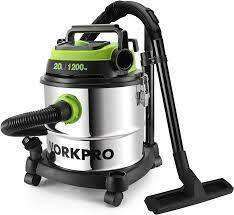


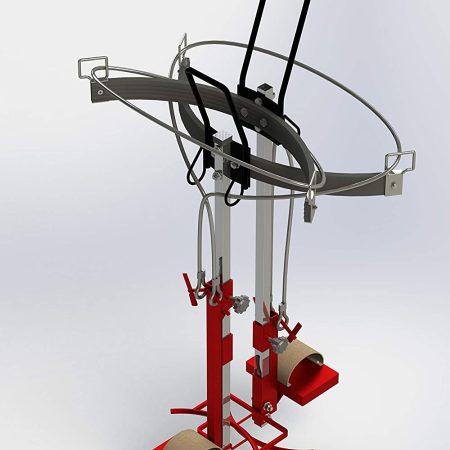

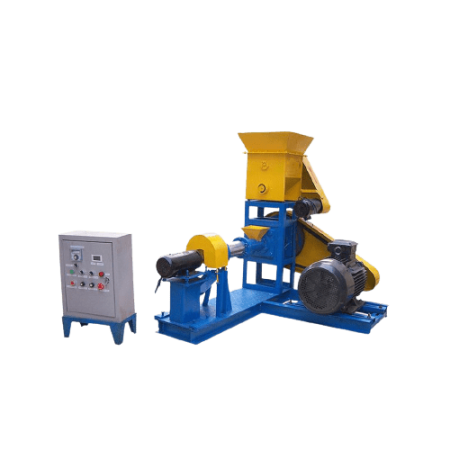

3.75
4 reviews for Ring Die Feed Pelletizing Mill (HJK250-Type | 3-12t/h)
There are no reviews yet.